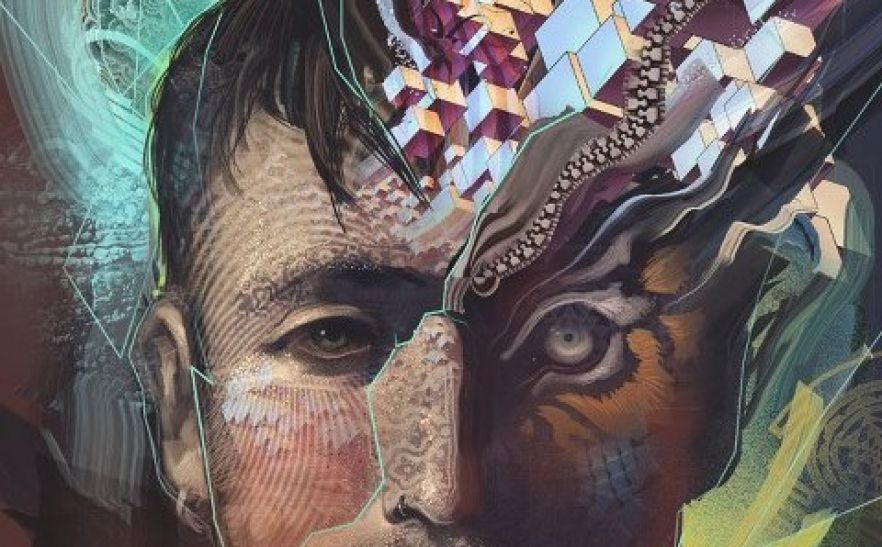Design can be defined in a very simple way: Form that meets function. It follows the same principles as architecture: you need an underlying structure, an understanding of the tools and an aesthetic to set the tone.
Function is the skeleton that keeps it all together. Form is the face of the design; without it no one would care about it, use it or recognize it. Both are equally important in order to get satisfying results, but their implementation takes place in a different order. It must work first, then look good afterwards.
Be careful of not falling into the trap of only caring about one of these elements. Caring about function only makes for a good product that no one buys or remembers, caring about form only makes for an interesting product that doesn’t stand the test of time.
Beauty and functionality are one, although they are perceived by us as separate. Beauty, in the natural world, is an indicator of a harmonious underlying system. Not caring about the looks of the design is comparable to not caring about its health.
Therefore, Design is the blend of a scientific and artistic approach, and what a good scientist and artist have in common are keen perceptive qualities and a good intuitive feel about what is happening in the world around them.

Understanding the user
The human experience is about emotions, needs, sensations, thoughts, the collective and individual consciousness, and we hold all these experiences within ourselves. Understanding the user all boils down to the understanding of the self.
We often experience traumas in our lives, big and small, and that allows us to zero in on the negative. The negative is a pulling force, the source of all human motivation (hunger, withdrawal, and so on). Those pain points help us figure out what makes the user tick, their fears, dreams, and motivations.
However, if we don’t look at our own flaws in order to accept them fully as parts of ourselves, we can’t do it with other people without exaggerating theirs to the point of making caricatures out of them.
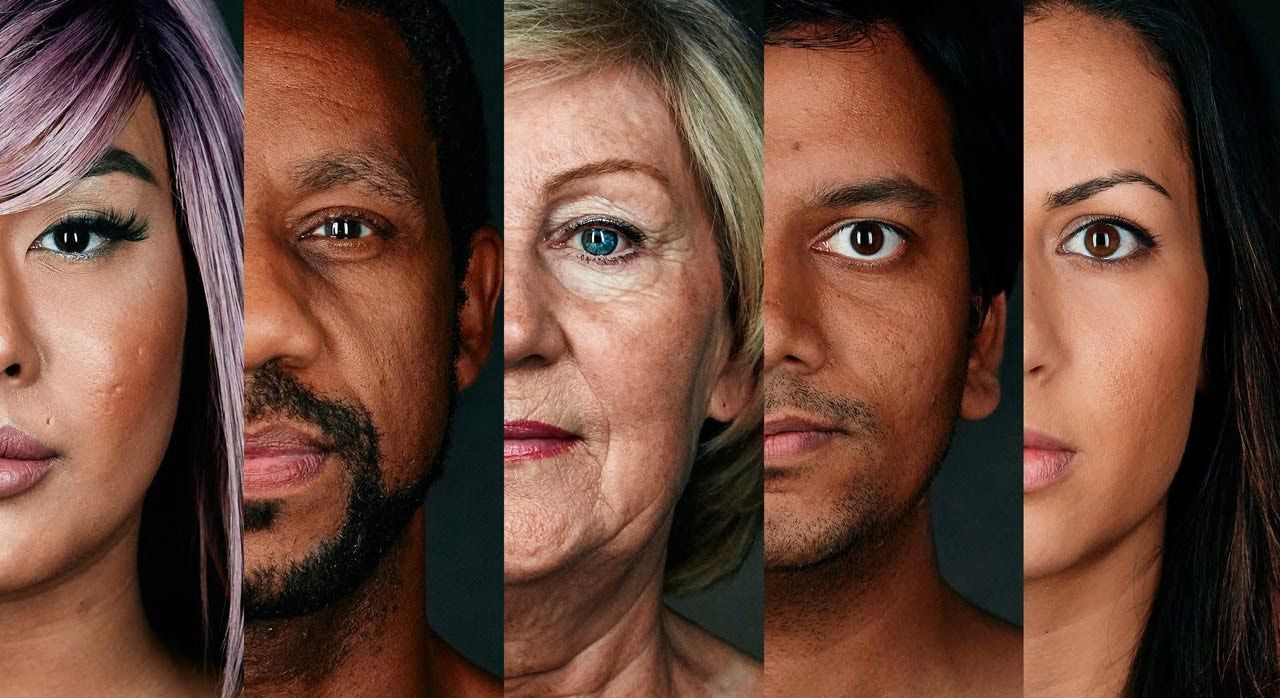
We then stray from the original stock pictures in our minds: A Banker or a Cashier are much more than what they seem to be. They are an entire universe of their own. They have depth. Once you experience their inner world, you then understand the strategies they utilize to avoid their inner pain and to increase their happiness.
That is crucial to truly get how every interaction in their lives impacts them. A high-strung person can be overwhelmed by the simplest interaction, a laid back one not so much, as a simple example.
It’s a never-ending process of learning about the individual, who himself, is ever changing. An interaction in your design might resonate very differently in the minds of these different users, so it’s useful to know what they truly care about. Ultimately, that allows you to give them the best possible user experience tailored just for them.
This process gives you perspective, because your design will be experienced in so many ways, and the right way to design anything becomes a much more elusive concept opening in its way a world of possibilities and of experimentation.

Meeting and understanding what the user truly needs and wants is not an easy task. But what approach can we take in order to understand him clearly? Which one should we avoid?
Do’s
• Focus on style over content: people’s tone of voice (how they react) intent behind words, (what they truly mean) body language (their relationship with the space and people around them) reaction time (do they think or act first) how much energy they bring into a situation (their level of enthusiasm and comfort).
• Don’t judge: Retrieve multiple data points in all situations but don’t organize them by relevance, don’t attach meaning to them, don’t try to put people in categories.
• Try to see how it all connects: Similar things can be very dissimilar in their essence when we learn how to connect the data points. Two people dressed in the same suit have different stories, different motivations for doing so, and so on (or not!). That’ll help you understand who they truly are instead of what they are selling you.
Don’ts
• Bring your personal baggage into the equation and be blind to your own biases. That could translate into judging someone’s beliefs because of your own, for example: I am fit man, therefore fat girl must be lazy because me, fit man, equates excess weight with laziness. Could that be true? Yes. But not necessarily. It’s a commentary, the fact of the matter being: Person A is carrying X number of kgs more than the national average for someone of their height.
The moral judgement is clouding the truth of the situation. That inaccurate data point then goes into building a strategy on thin air. And so, the result ends up being arguing over semantics which results in running in circles, which ironically doesn’t result in weight loss!
• Try to tell people who they are: Don’t dictate identity by using prefabricated systems and stereotypes to make the work easier for you. These archetypes, systems and stereotypes are very important in order to guide you to better shores, but they are the map and not the territory.
• Let people tell you who they are: most of the real data is in the nonverbal communication, the contradictions and the quirky things people do. Look at a sentence as an action, instead of an accurate piece of information. For example: Someone can preach about being a team player all day long, but how do they behave in a competitive environment when their self-interest is at stake? Another person can preach about being very experimental, but they always eat the same thing at lunch and take the same way to work every single day. Watch and learn.
It’s all about context
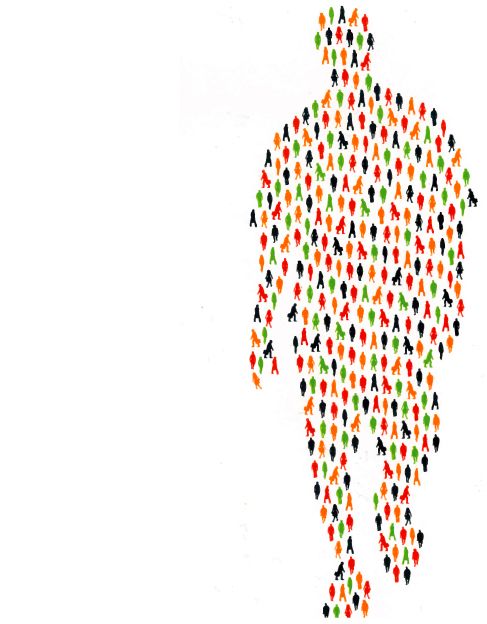
The process of understanding the individual is useful in one way, and that is for making a product tailored to the individual! But the user doesn’t live in a vacuum. He interacts with society at large.
The culture in which the individual is born, and the market (who mimics human behaviour at its core) all impact the user tremendously.
The user is part of a big network comprised of other users that congregate around sets of behaviours, rules, traditions and so on. The impact these elements all have on their lives and the power each one of them possesses to change the course of events is crucial to understand, but how can one tap into the atmosphere?
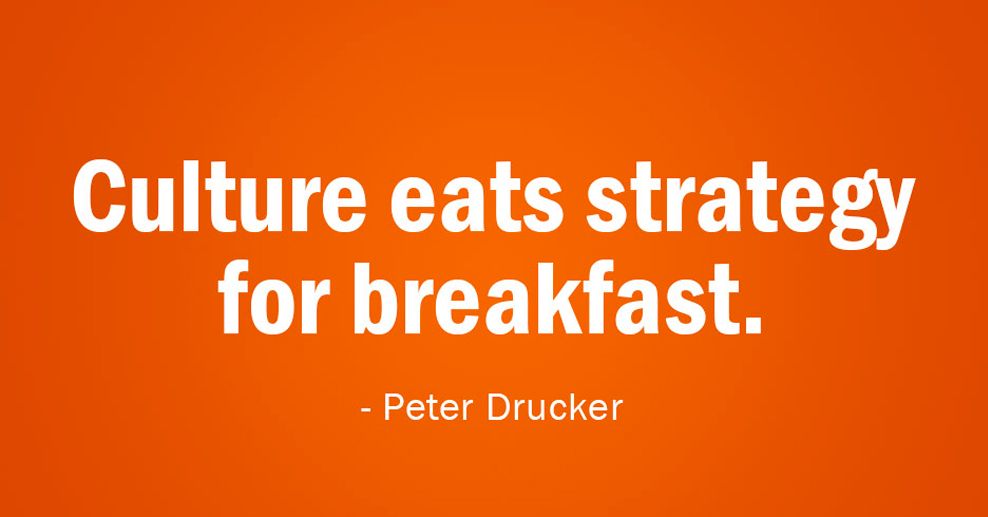
• By being open to different cultures, beliefs and point of views, and experiencing these alternate realities in your own life. If someone was raised in a radically different environment than you, get to know them, even if you don’t get along. You’ll learn something about the world.
• By understanding the conflicts between communities, and what they are trying to uphold. You learn about the group’s values, what blind spots they seem to be unaware of, why they make the other the enemy. That goes for everything! Religious groups, political candidates, Apple and Microsoft, cats and dogs.
• The behaviours a group of people condemns radically inform us about their boundaries and what they will defend fervently. If an individual has these set of traits he or she will be alienated from the group.
• Studying history gives you an overview of the continuity or discontinuity of events. It also sheds light on the crucial events that break societal cycles and create radical change. It’s not so that you duplicate them, but rather so that you have a more holistic approach and an informed mind.
By being present and staying informed, you create a connection between the past, the present and the future. That gives you a dynamic view of how the user and the product fit into the real world, but also on how they will evolve and interact with the other parts of it, allowing you to think ahead.

How trends work
Change is the only constant, but change does not equate unpredictability. It just indicates a state of flux. In fact, trends can be quite predictable, because they respond to the environment and operate within a framework of opposite polarities. One thing is often followed by its opposite. The reason why there is such a phenomenon is because groups don’t see shades of grey like individuals do, they want to become one, and that requires synergy. If someone embodies an idea that echoes the inner experiences of a big group in that said society, and that the group is unsatisfied with the state of things, the dynamic changes. If the idea is then accepted by the majority, it becomes the new norm.
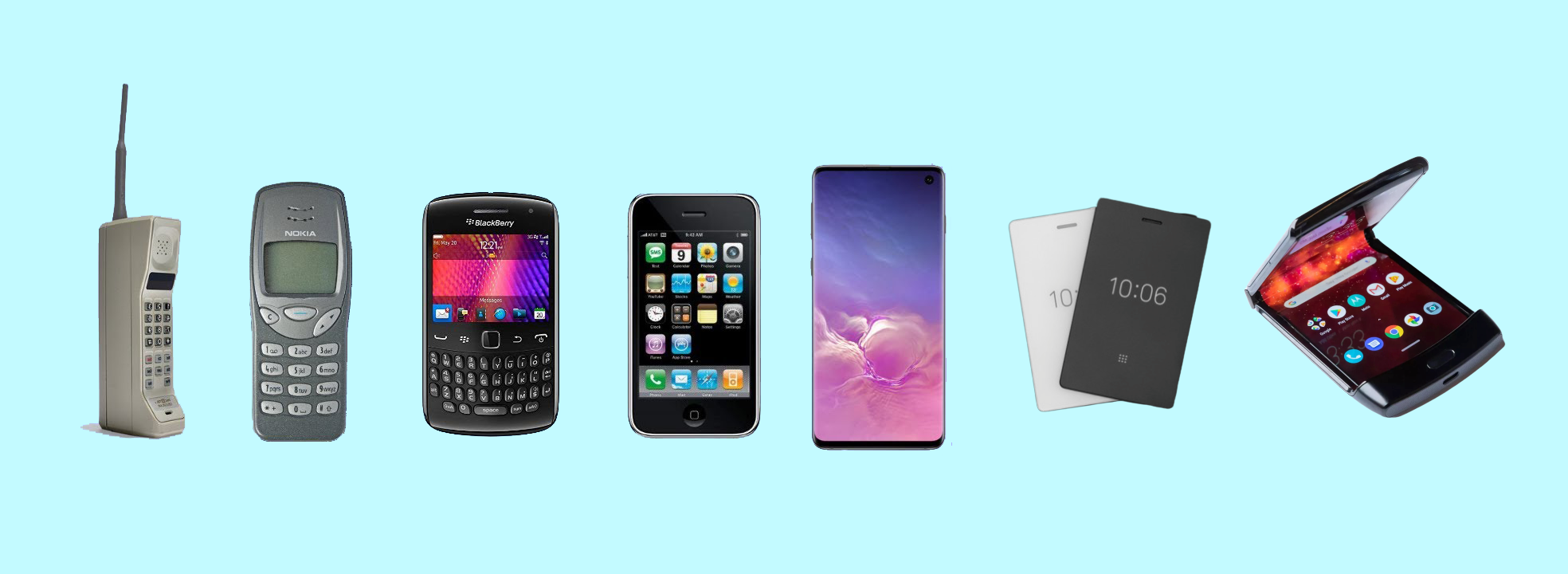
One way to capitalize on this is to follow a trend when it is just starting – when it is at it’s peak, the market is already oversaturated. Or, alternatively, be one or two steps ahead; more than that and no one will understand what you did. You must be of the times or slightly ahead if you want your product to be a hit. Most people we call visionaries today are trend-setters, not real visionaries. They achieve this status in their societies by becoming icons, which means they are of the times, a snapshot of “now”, not ahead of them. True visionaries are often rejected by their respective groups because of the very large leaps and bounds they take in terms of innovation.
If you follow this simple principle, you’ll be able to produce relevant, hopefully original work, that is appreciated by most – if that is your end goal. If you want to truly innovate – it’s going to come at a higher cost, at least in the first stages.
Understanding the values of the times help shape & mold your designs. By paying attention to the social sphere around you, you can design for it (or against it, if that is your goal).
Conclusion
Every time you design an experience for a user, putting your personal values and opinions to the side is crucial in order to understand the objective experience people are having and the problems to be solved. You might dislike a business or a person, but that shouldn’t stop you from trying to understand what makes them tick (if anything, that’s a strength on your part!). Never leading with judgement allows for better understanding.
Try as much as possible to face the truth of a situation, because by doing so, you understand what is real and what people relate to, and you know how to portray that or stray from that. If you must create personas to portray your users, sugarcoating things makes for very cookie-cutter people who use your products in an uninteresting way and therefore won’t bring you any interesting insights about what you are creating.
Since change is the only constant, thinking for yourself is crucial. Questioning previous ways of doing things, but also exploring them, allows for you to make better products that evolve well in their ecosystem.

